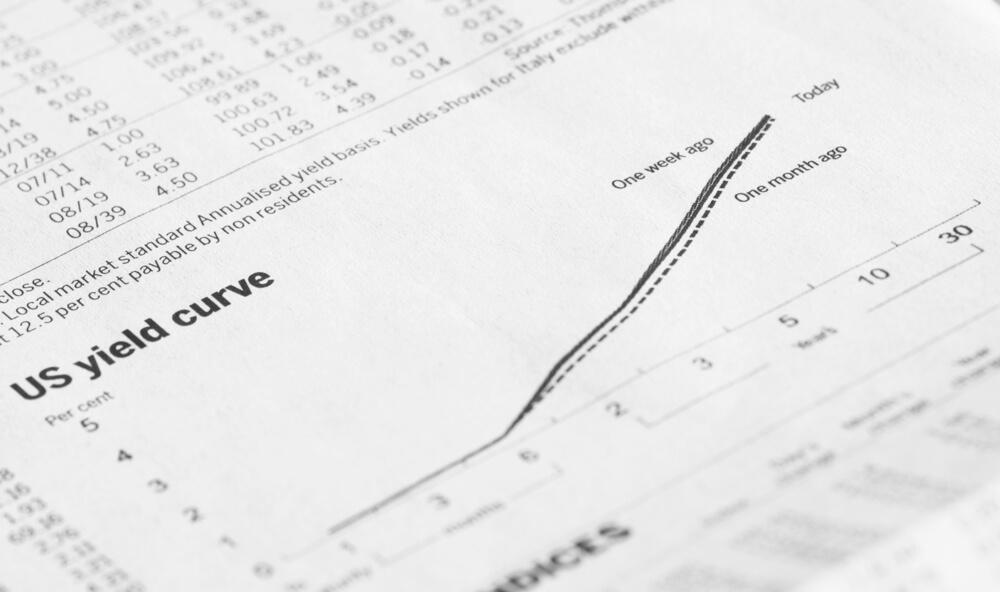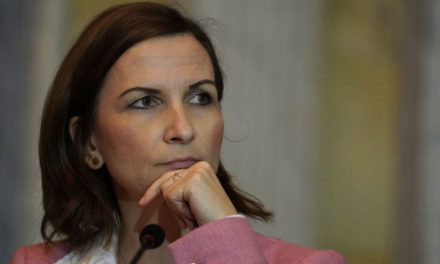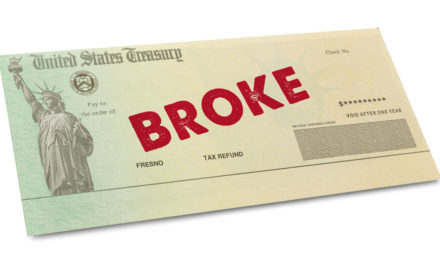One of the most reliable warning signals for a recession just got a bit brighter.
The signal is called the “yield curve,” and it shows how the bond market is feeling about the U.S. economy’s long-term prospects. On Tuesday the yield curve signaled caution and, along with worries about global trade and interest rates, it helped send the stock market to one of its worst days of the year.
WHAT IS IT?
The yield curve measures how much more in interest investors get for owning a long-term Treasury bond than a short-term one. When the economy is healthy and investors are forecasting good times ahead, they generally demand higher yields for Treasurys that mature a decade or more into the future than those maturing in a year or two. That’s in part because investors expect the Federal Reserve to raise interest rates in the future as the economy and inflation power higher.
But when investors are worried that growth will fall off sharply, perhaps as a result of the Federal Reserve pushing short-term rates higher, they’re willing to accept less in interest for a Treasury maturing far in the future.
When yields for short-term Treasurys rise above yields for long-term ones, market watchers call it an “inverted yield curve,” and Wall Street starts getting more nervous.
WHAT JUST HAPPENED?
The yield on the five-year Treasury dropped below the two-year and three-year Treasury yields on Monday. By Tuesday afternoon, the five-year yield was at 2.78 percent, 0.01 percentage points lower than a two-year Treasury and 0.02 points lower than a three-year Treasury.
It’s the first time any part of the yield curve has inverted since 2007, before the start of the Great Recession.
SHOULD I PANIC?
No, at least not yet. Most economists are forecasting the U.S. economy will continue to grow in 2019, though at a slower pace than this year. The job market is strong, and consumer confidence is still high.
Market watchers also say they won’t get worried until a more important part of the yield curve flips. They pay much more attention to the spread between two-year and 10-year Treasury yields. An inversion of this part of the yield curve has preceded each of the last nine recessions dating back to 1955. It was still positive on Tuesday at 0.12 percentage points.
Of course, that’s still “pretty doggone tight,” said Randy Frederick, vice president of trading and derivatives at Charles Schwab. A year ago, the cushion was at 0.62 percentage points.
The Cleveland Fed, meanwhile, has focused on the difference in yields between three-month Treasurys and 10-year Treasurys. An inversion in that part of the curve has preceded each of the last seven recessions. But it also has not inverted, and a 10-year Treasury yields 0.50 percentage points more than a three-month Treasury bill.
Even if the more important parts of the yield curve flip to inversion, that doesn’t mean a recession will happen the next day. It has sometimes taken more than a year for a recession to occur after the yield curve inverts.
There have also been false positives in the past, where the yield curve has inverted but no recession has followed, such as in 1966.
© The Associated Press. All rights reserved.




